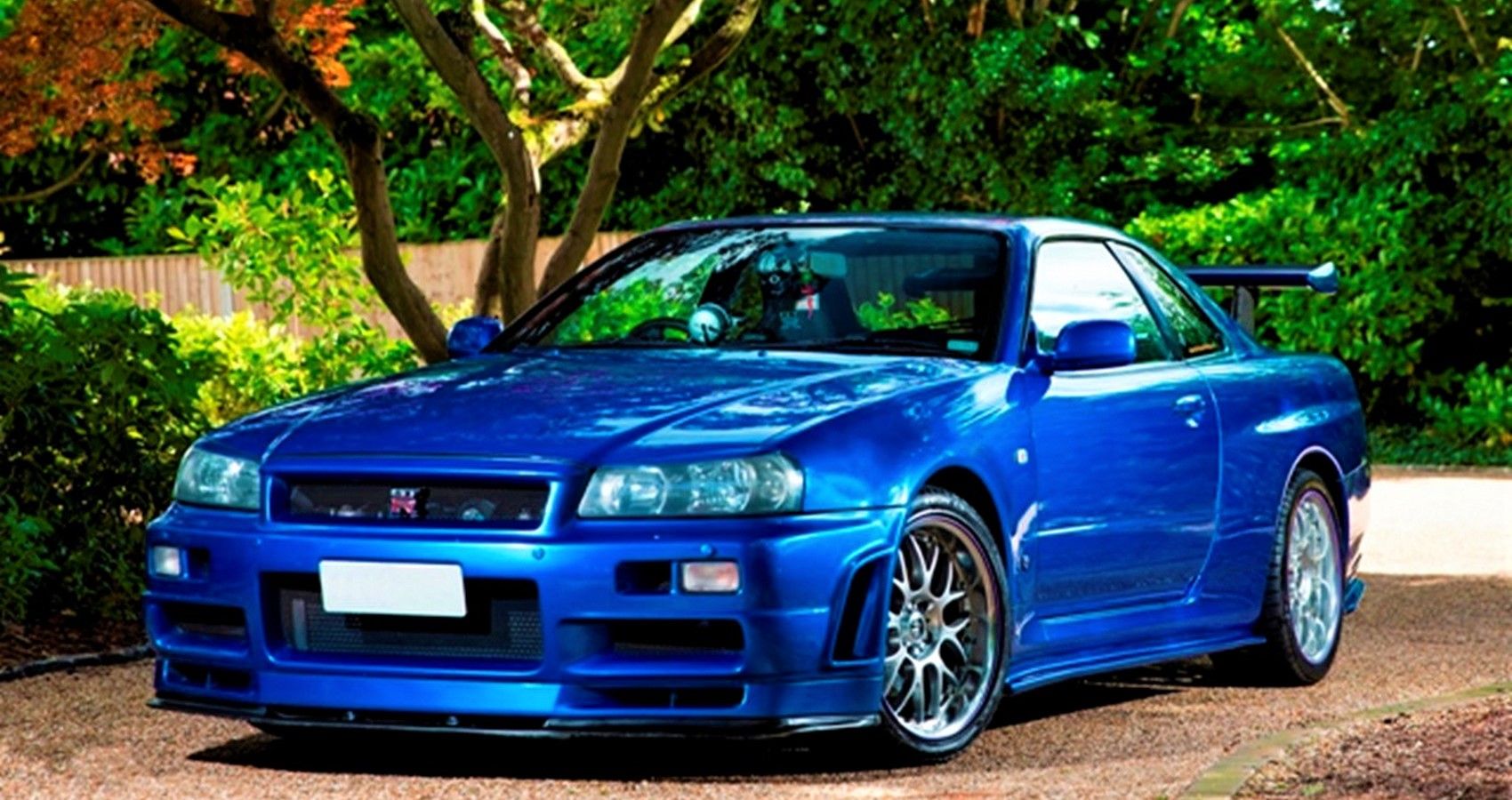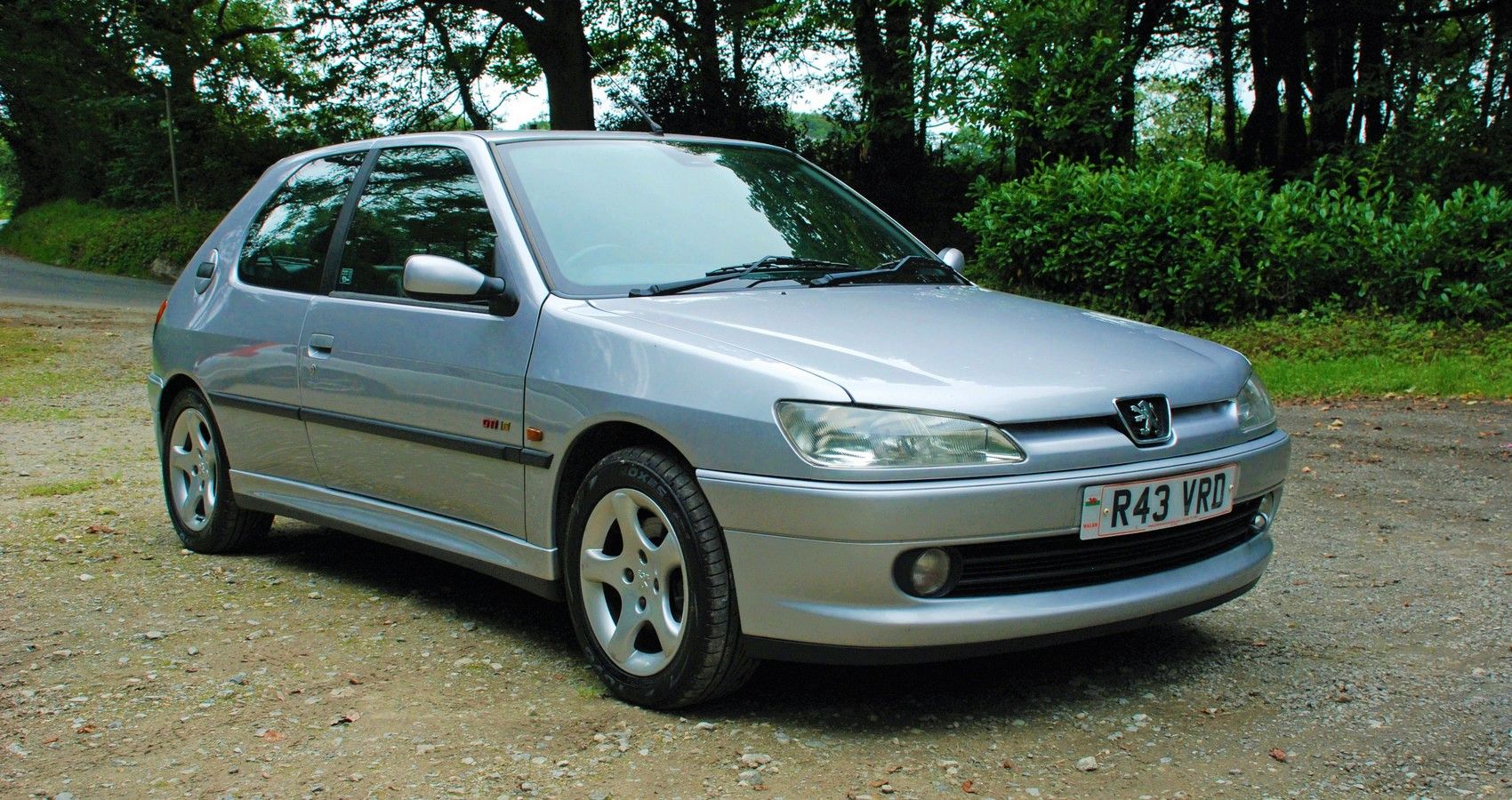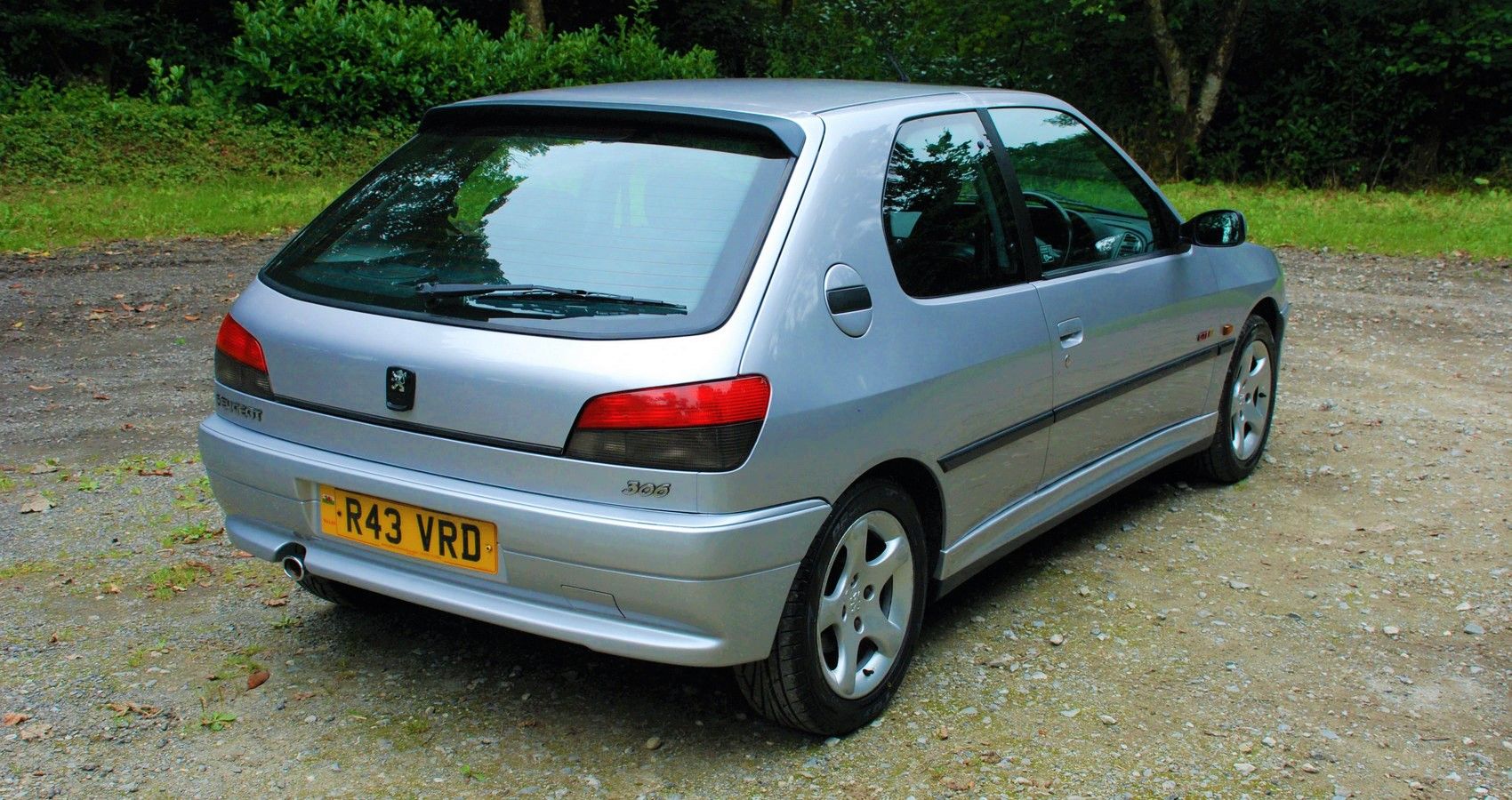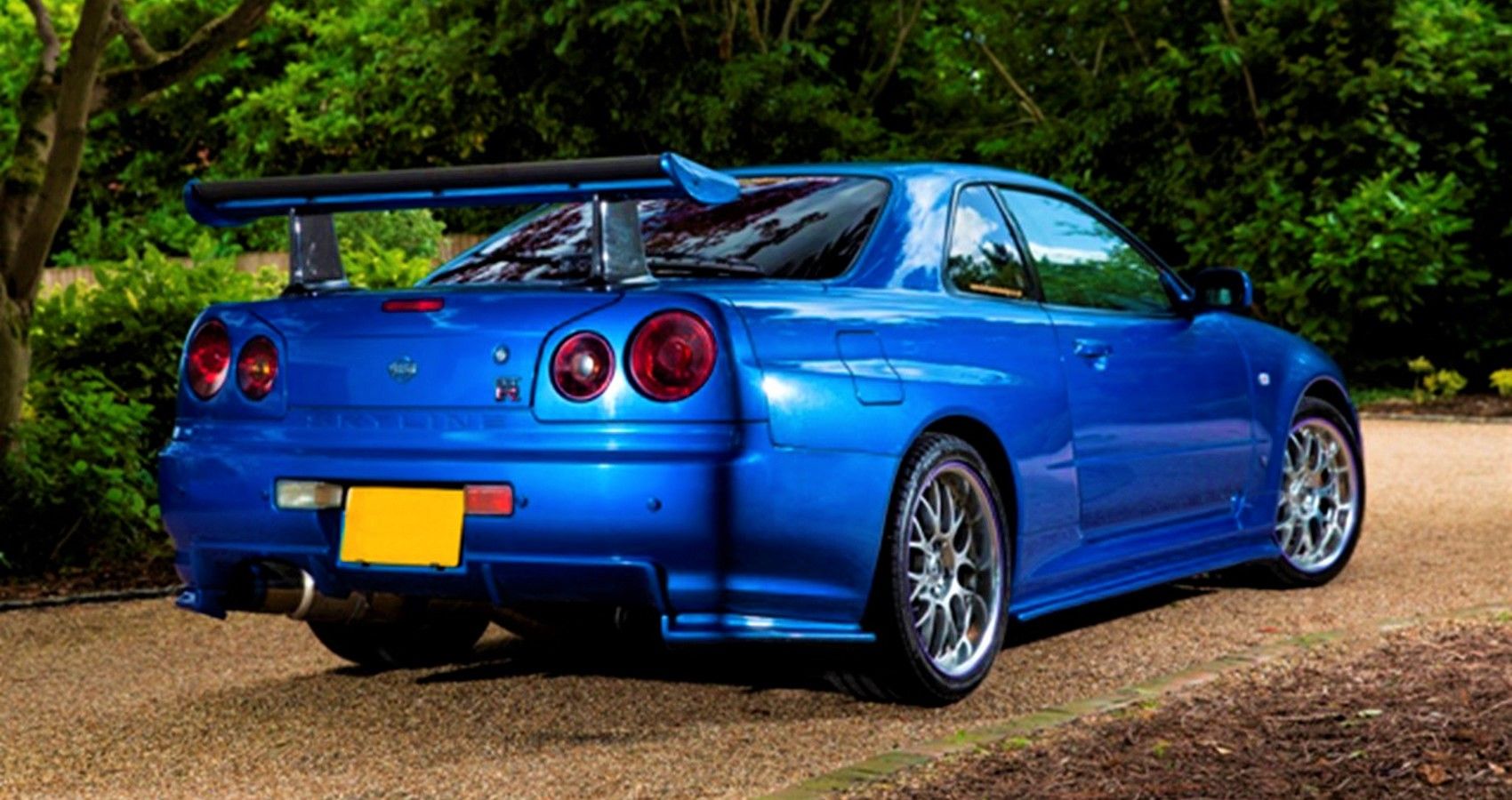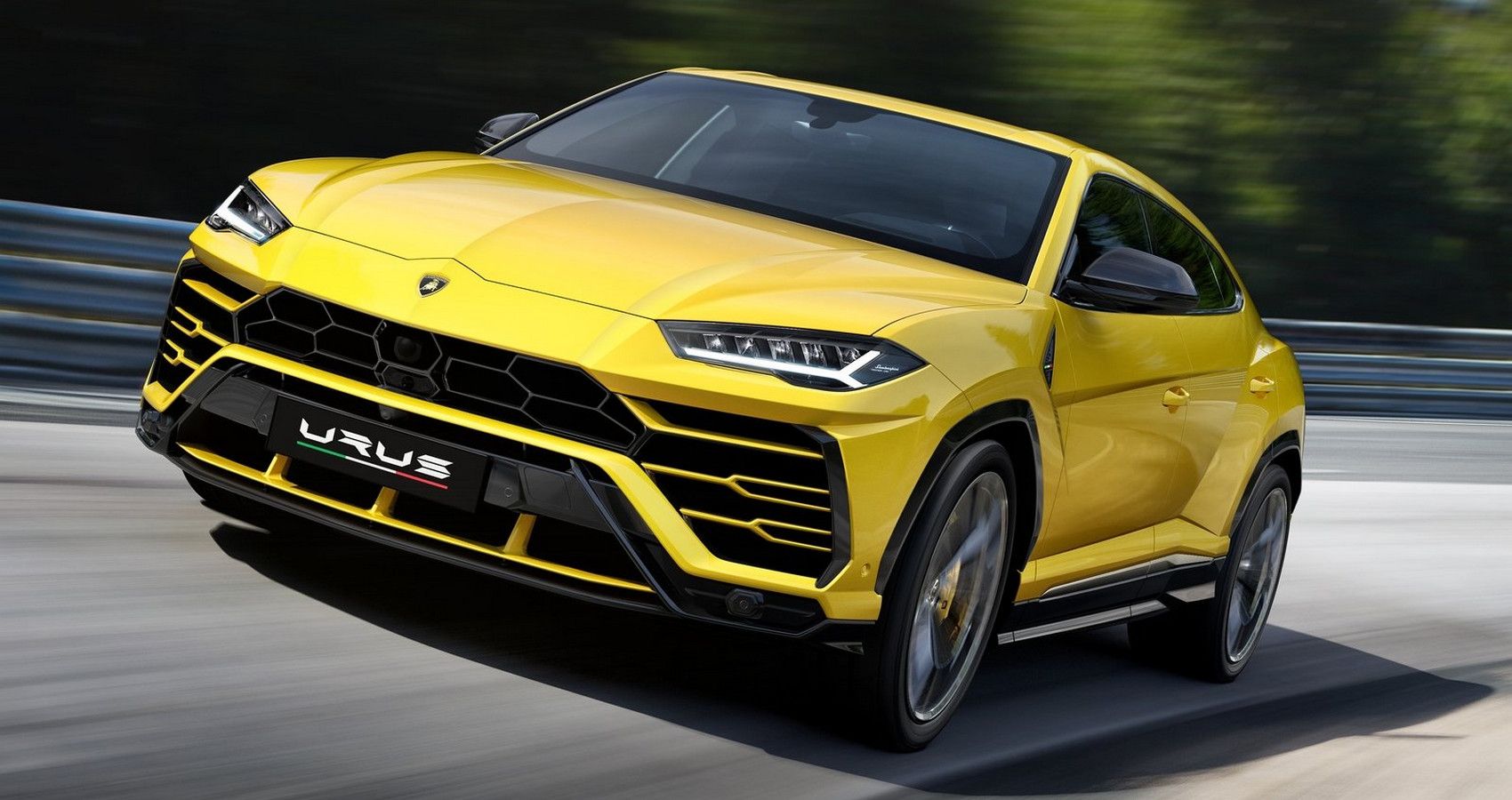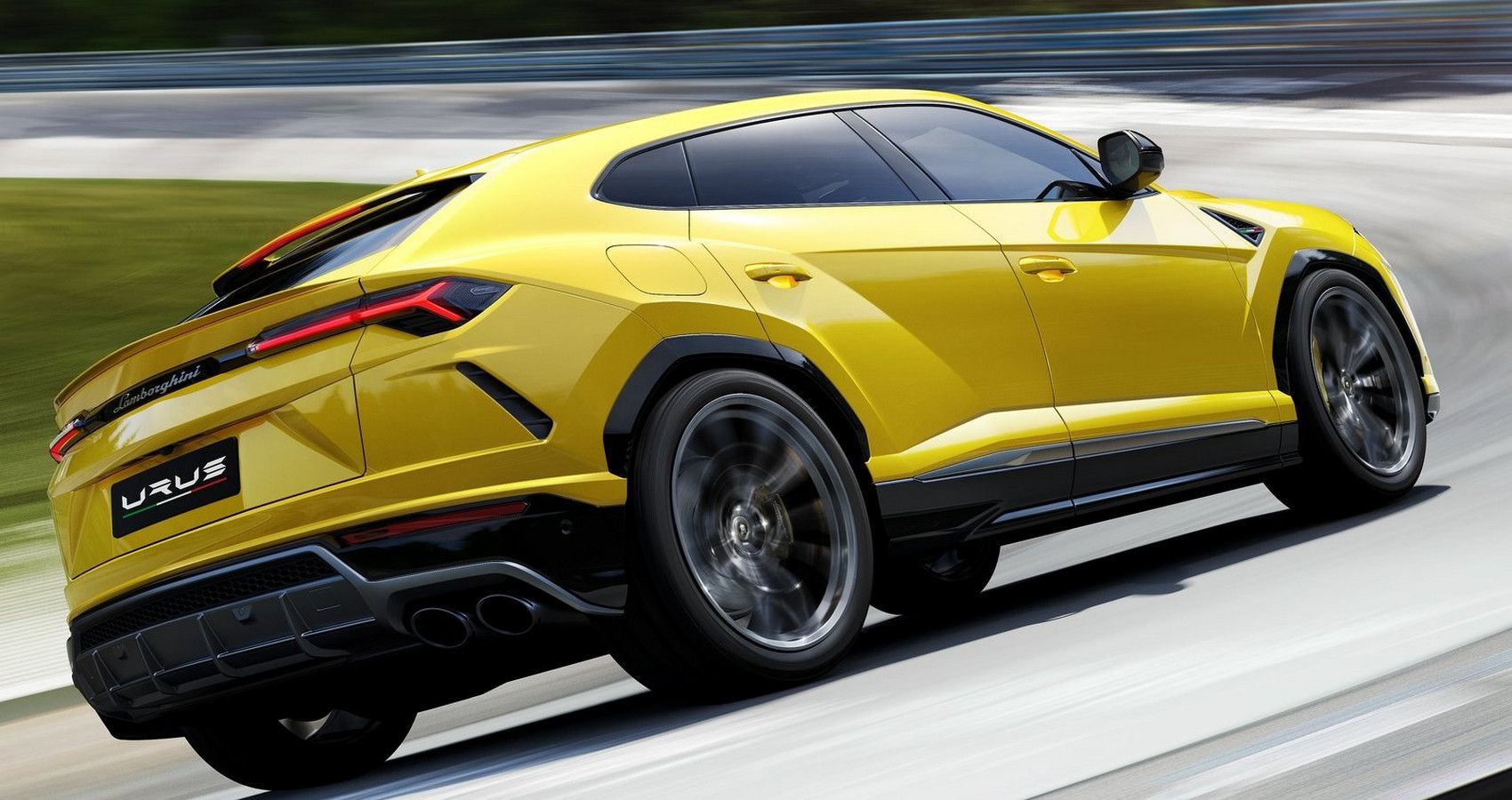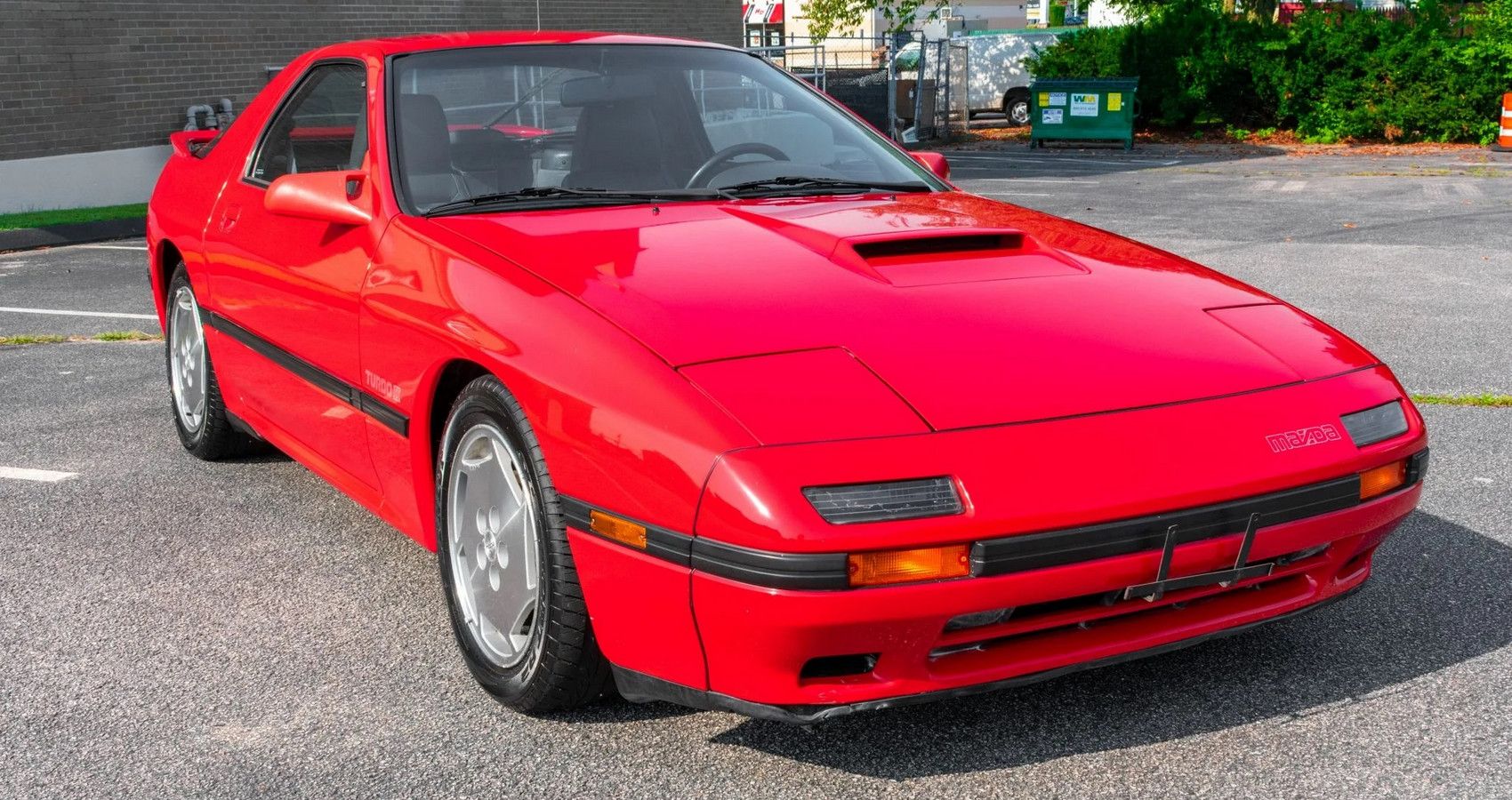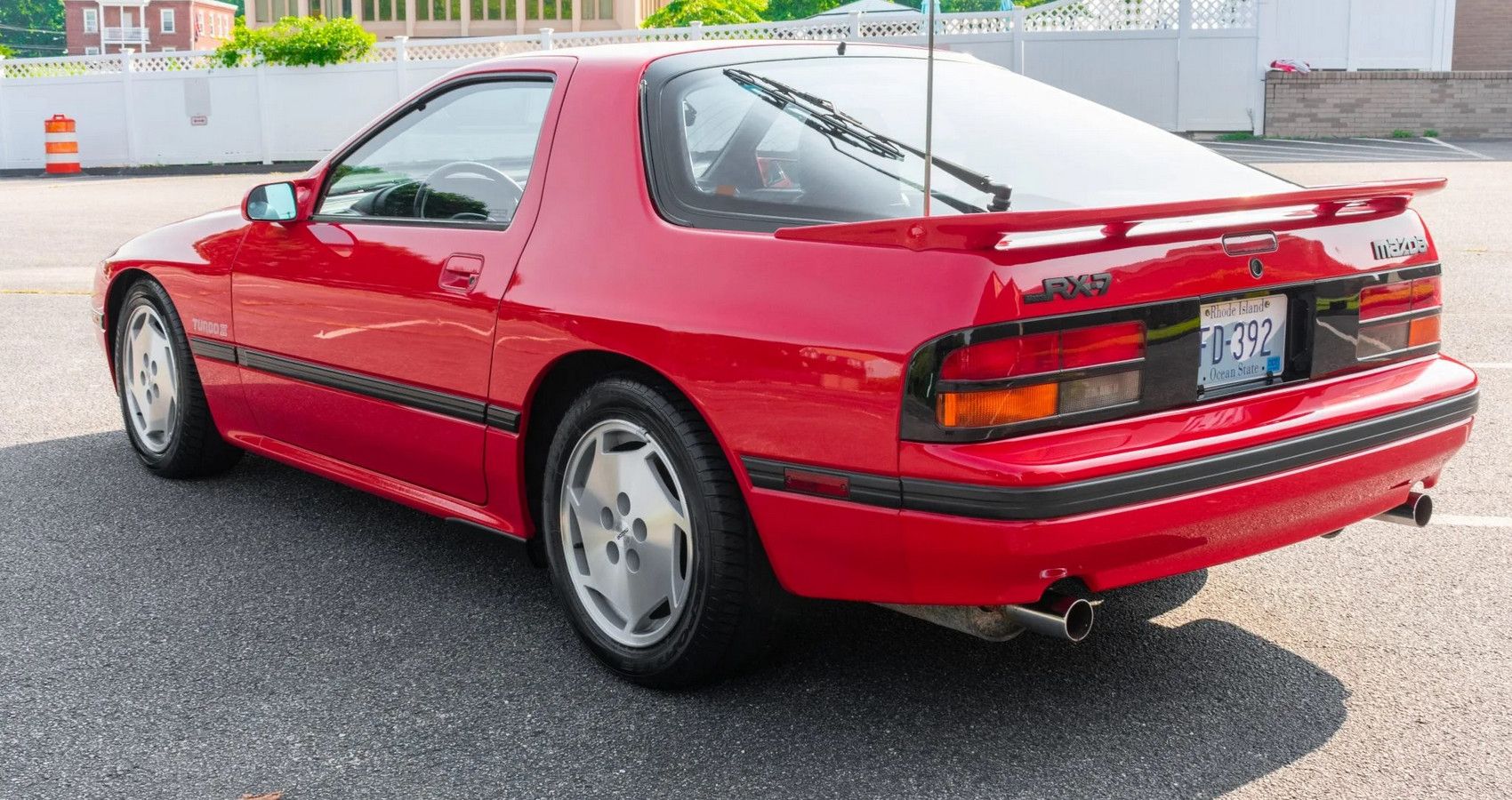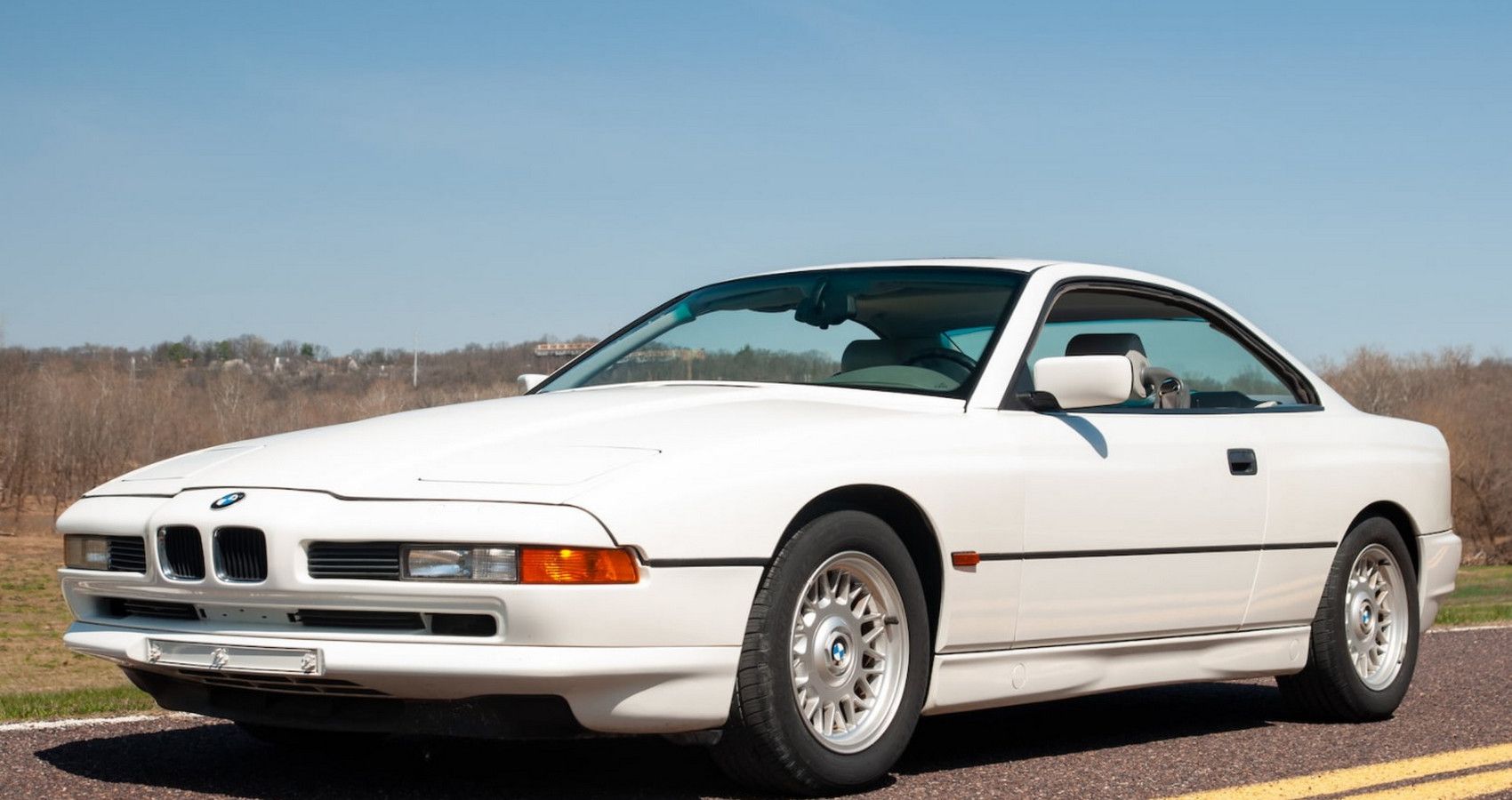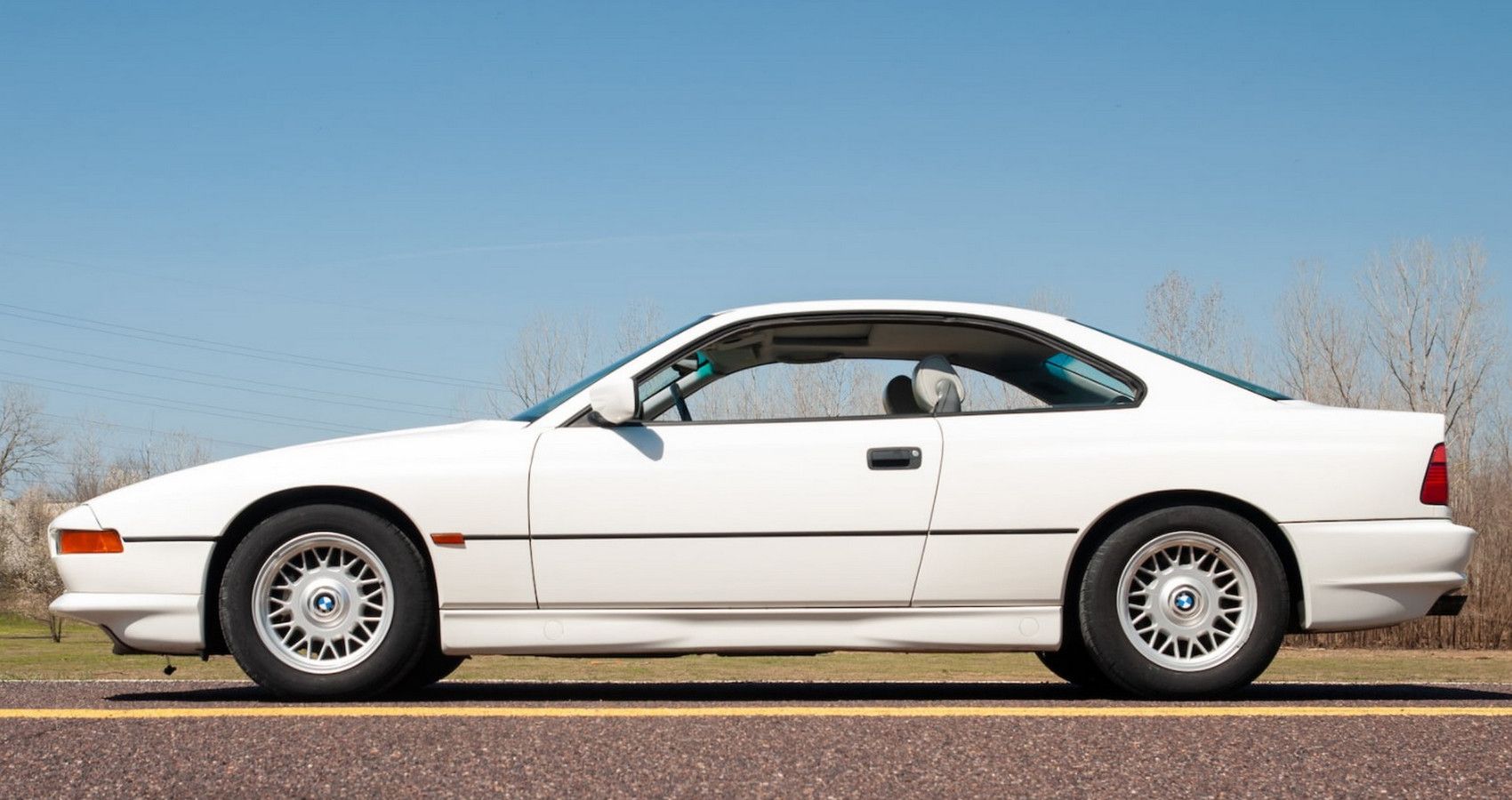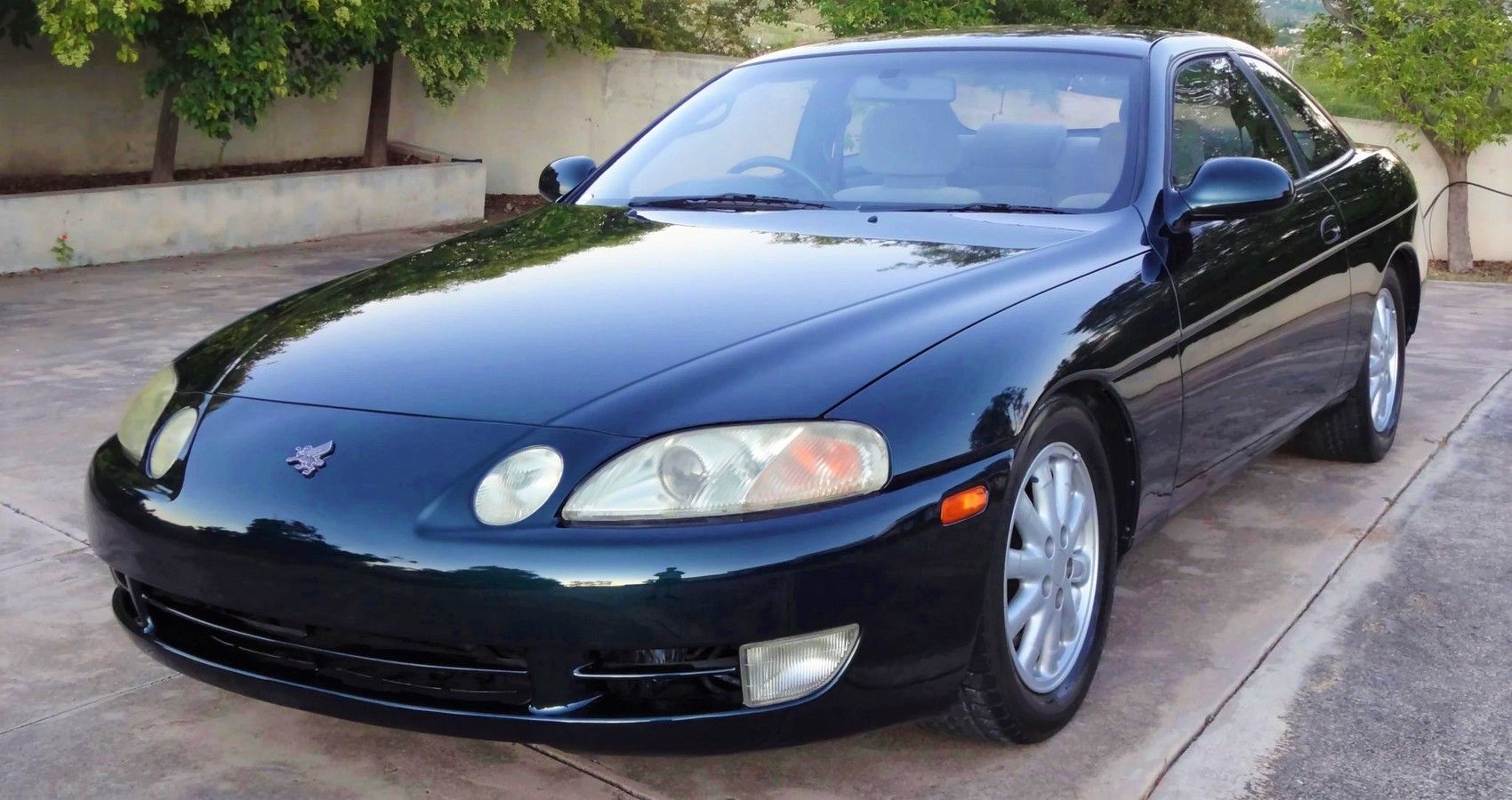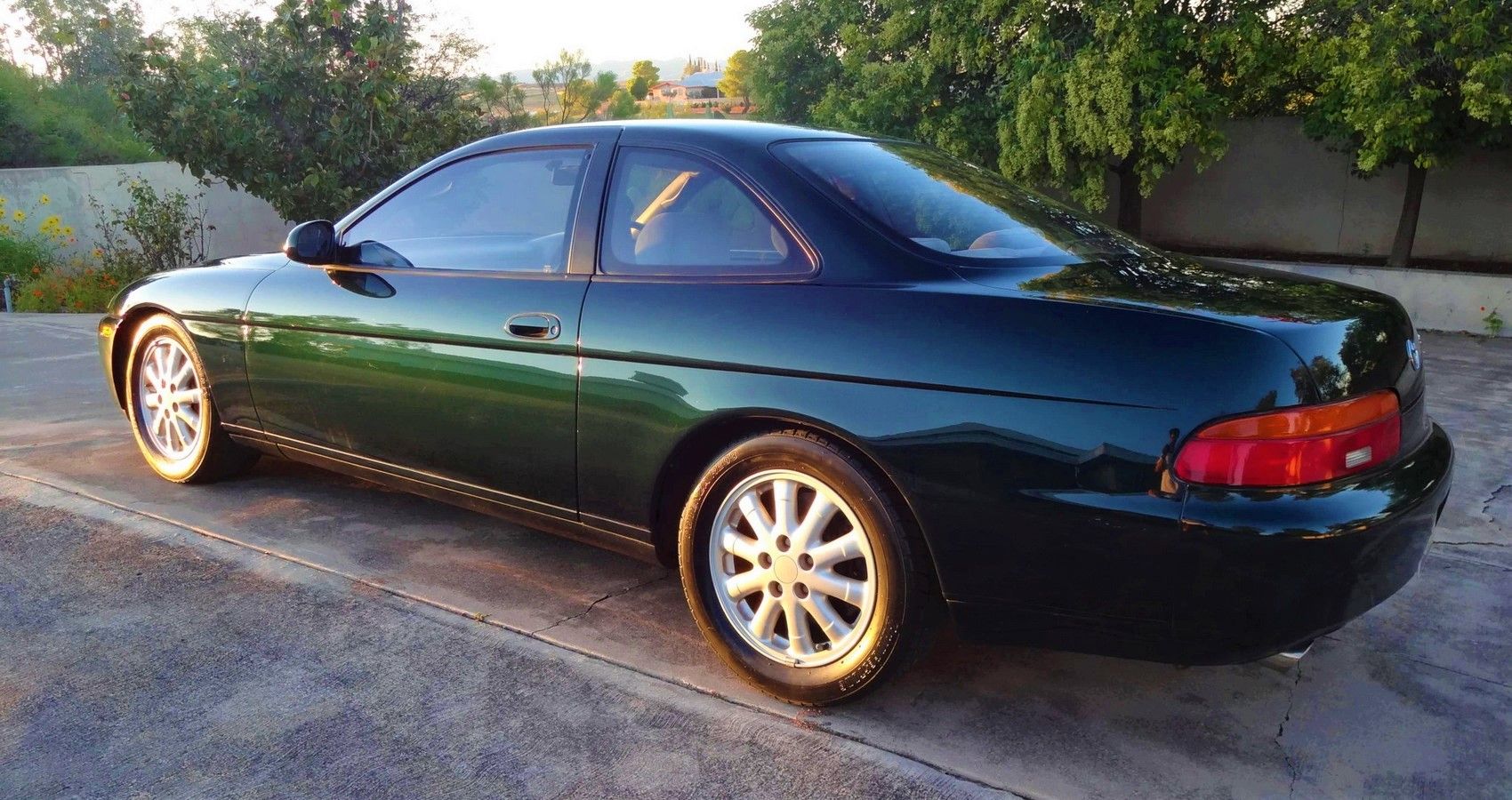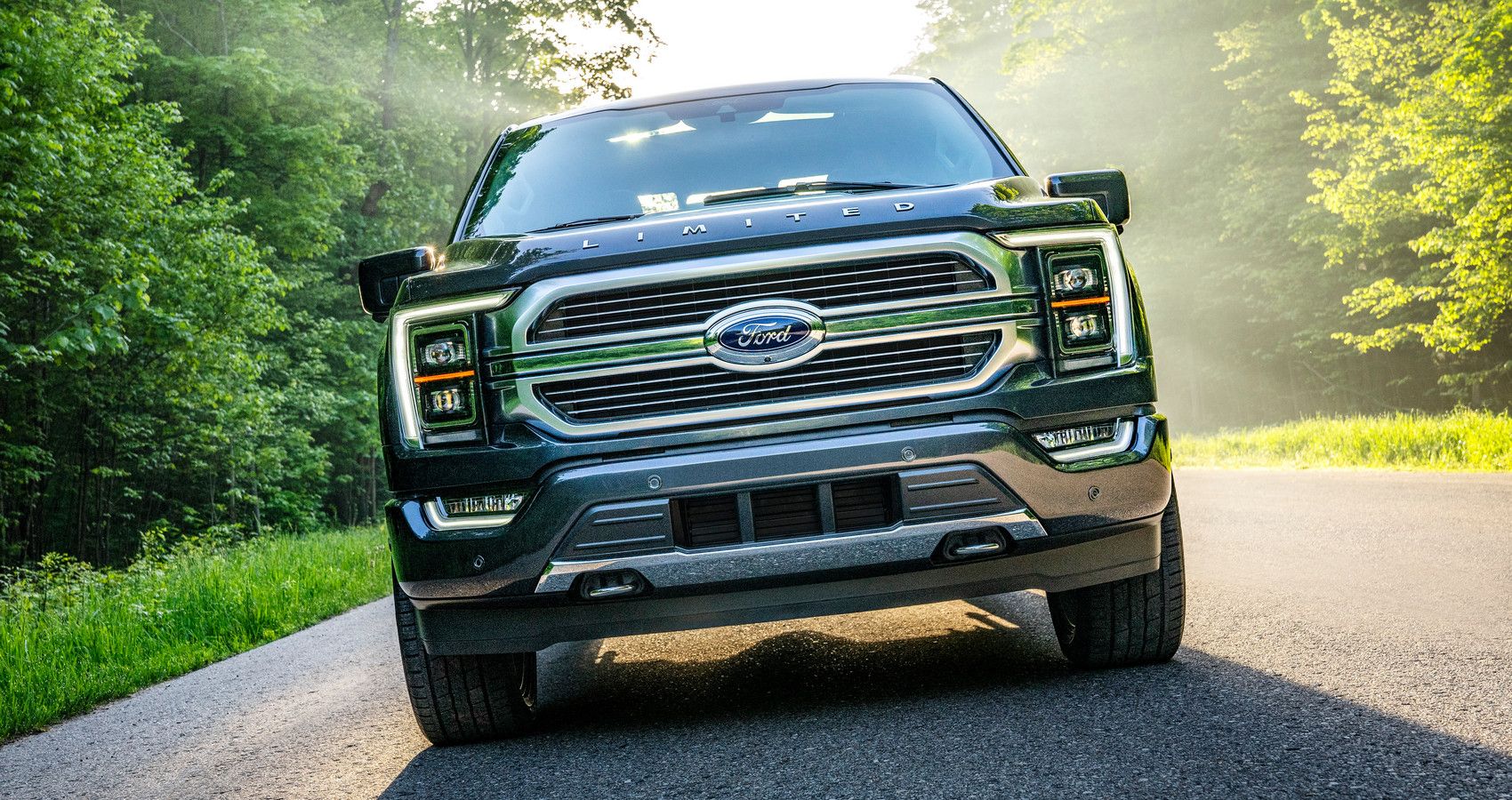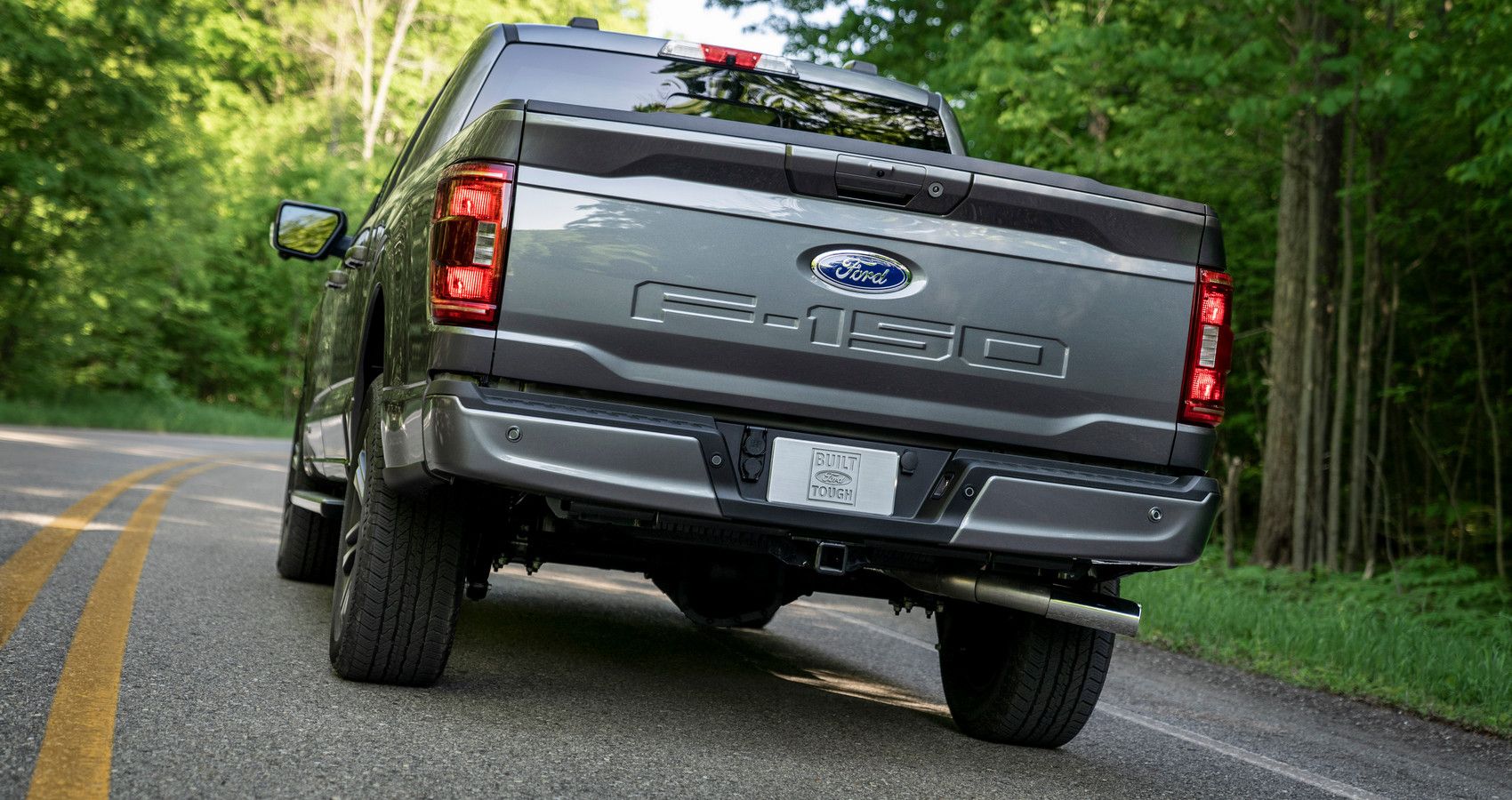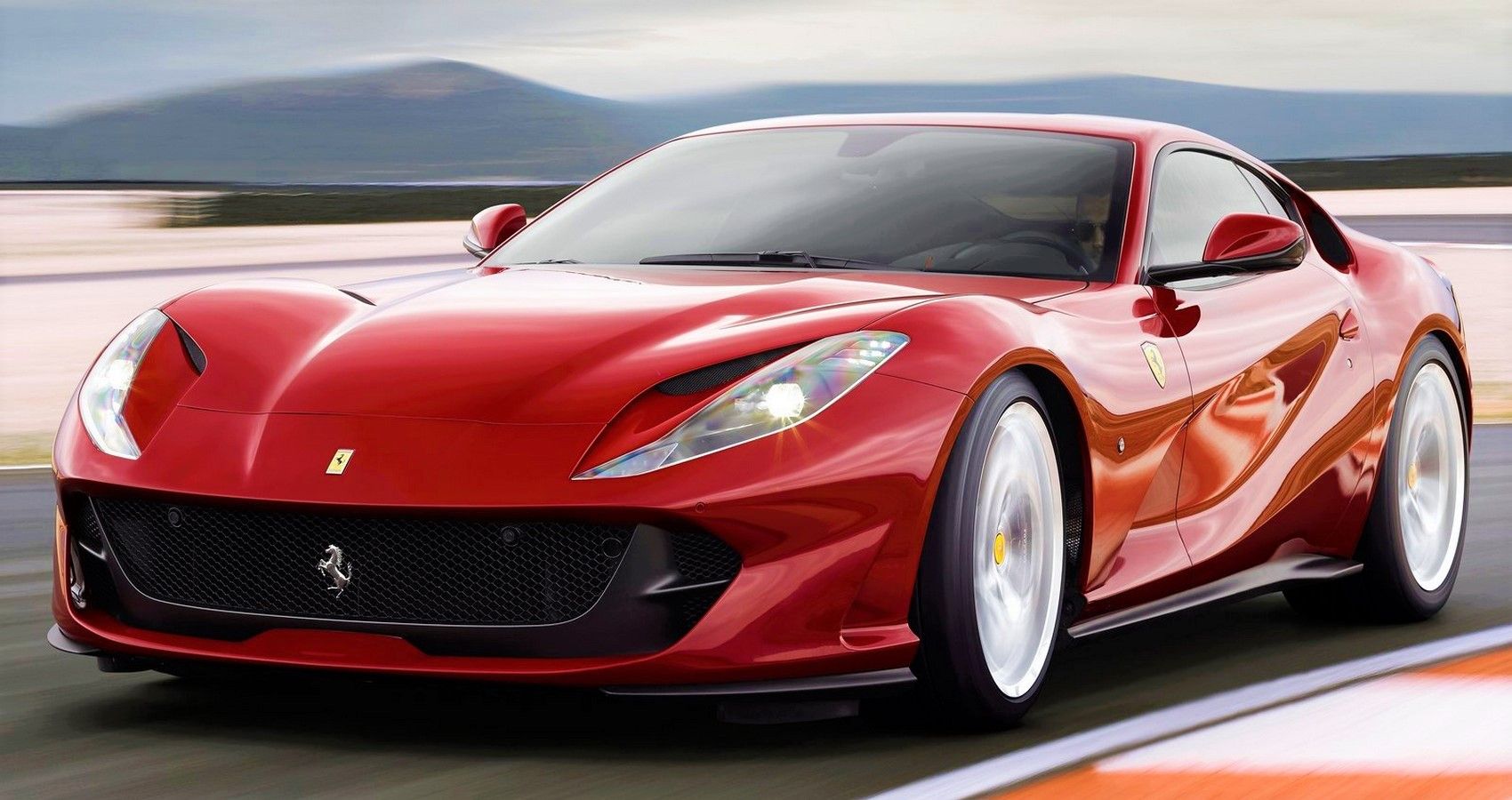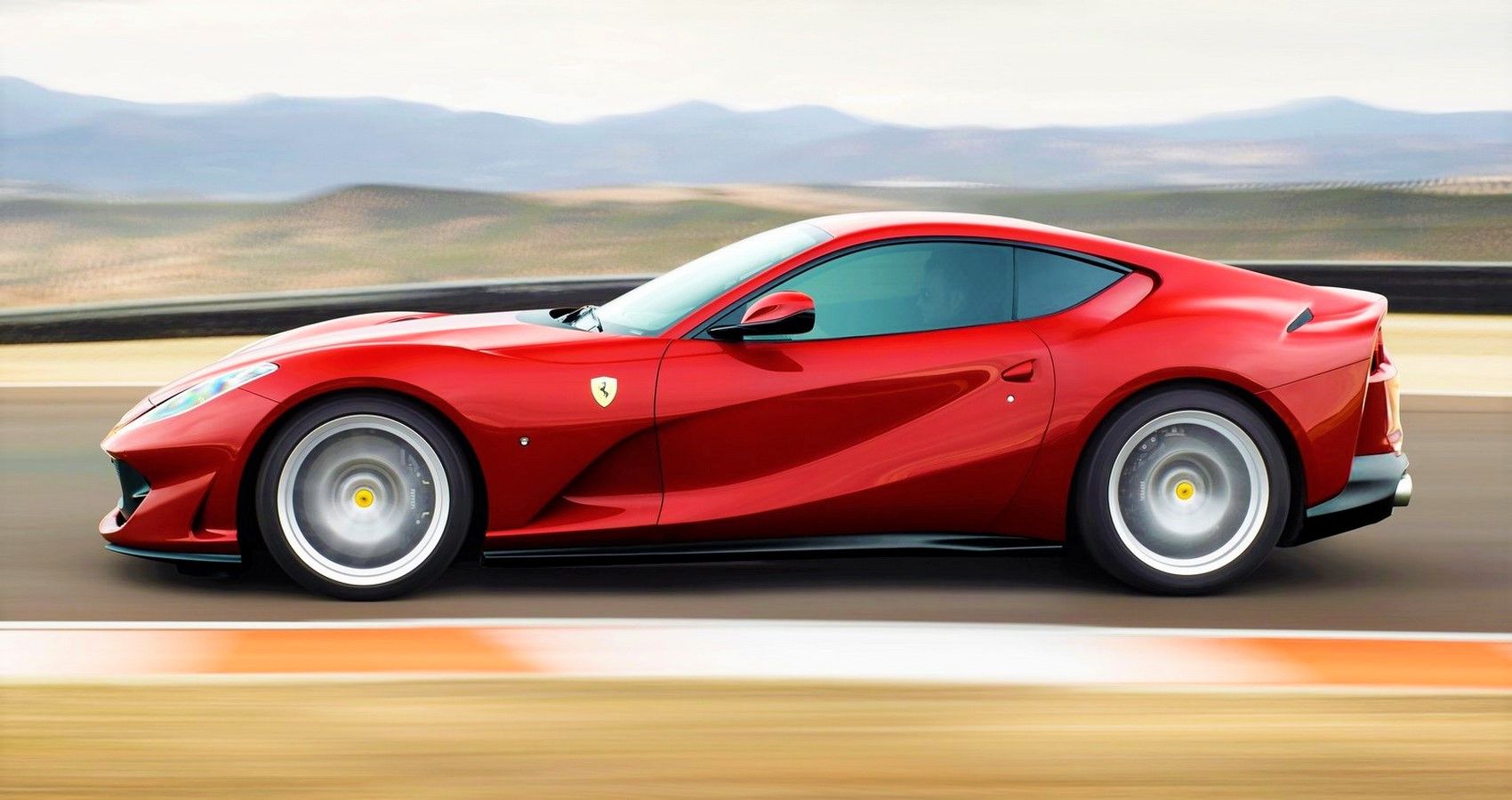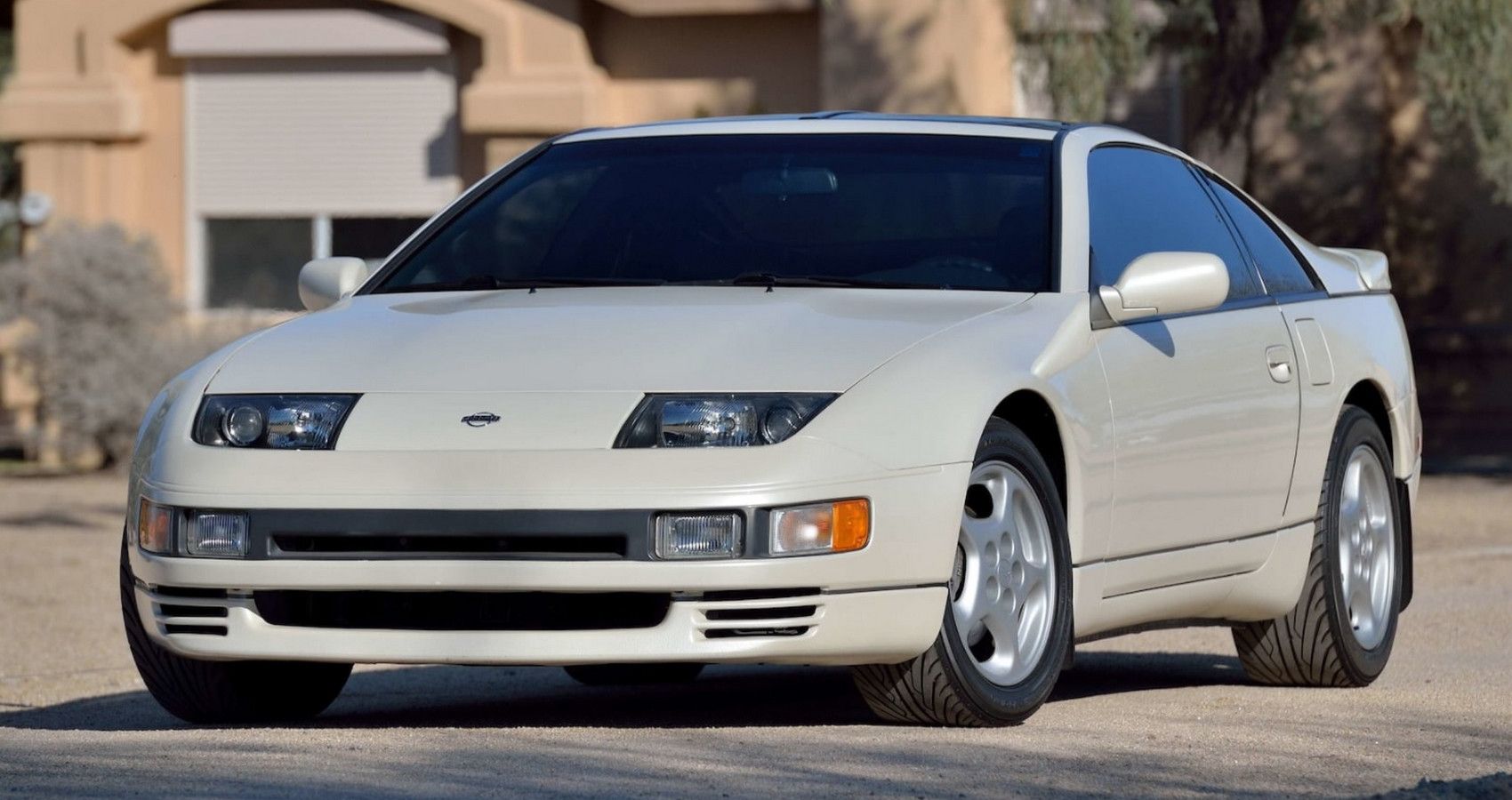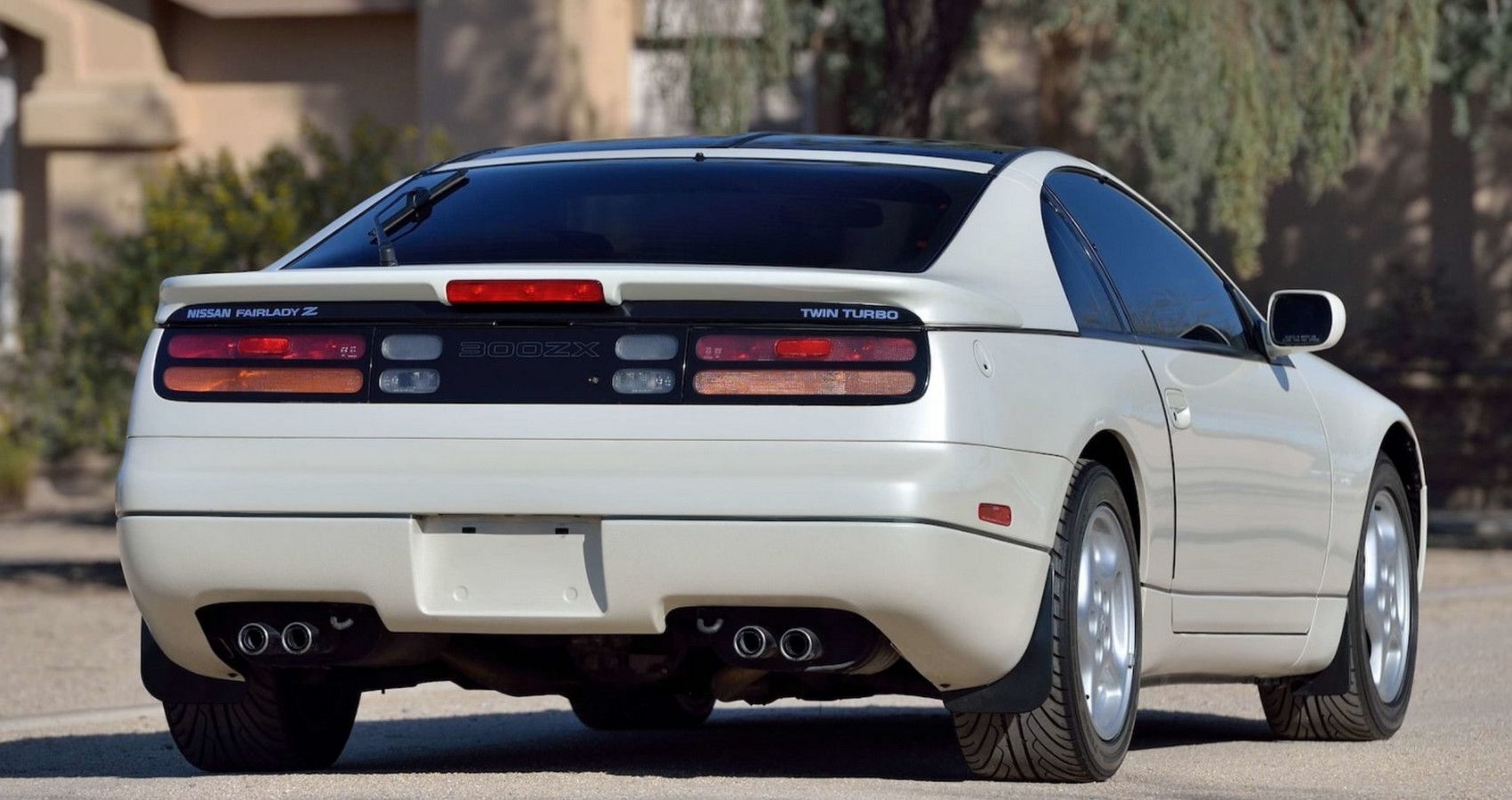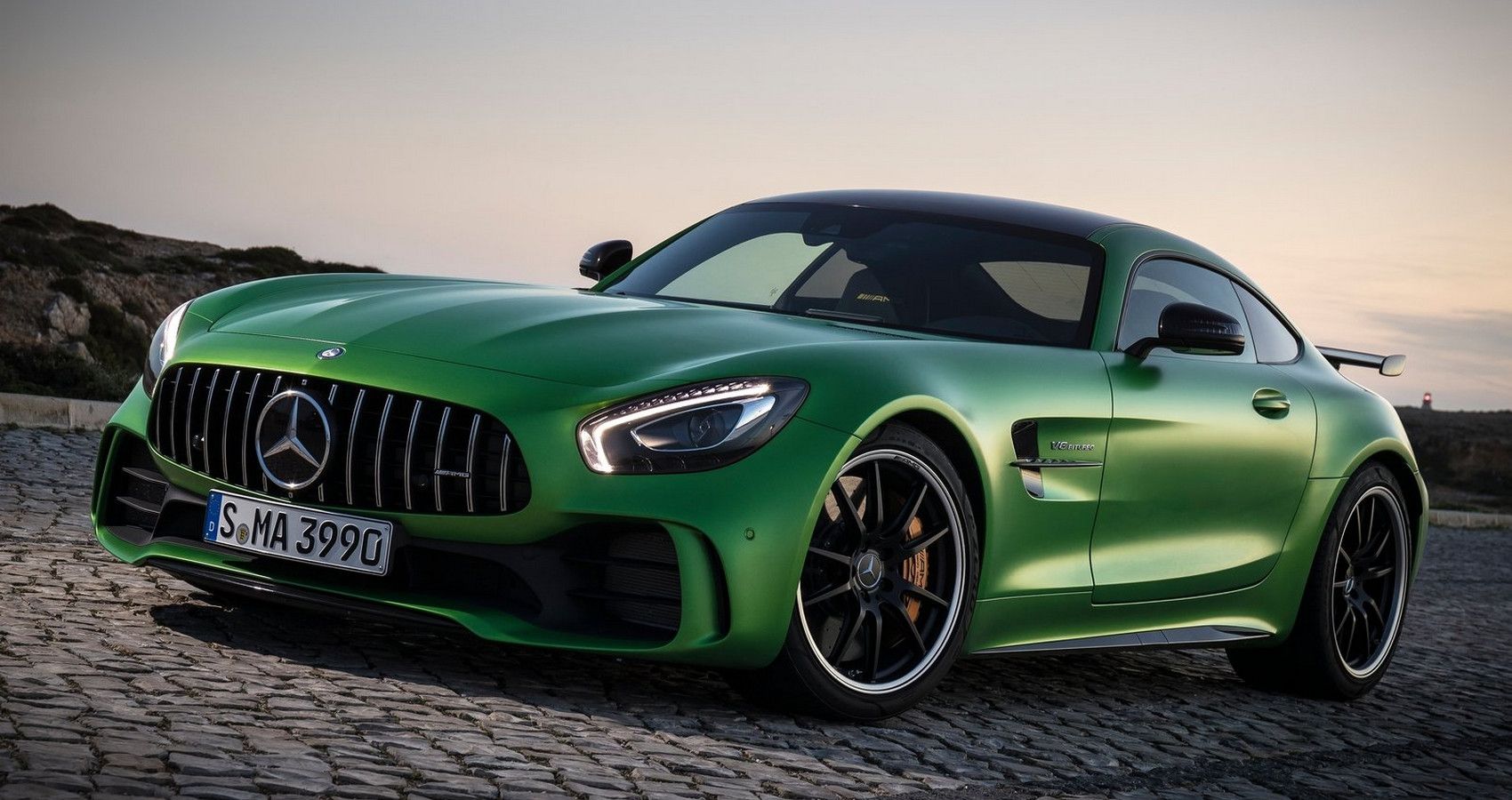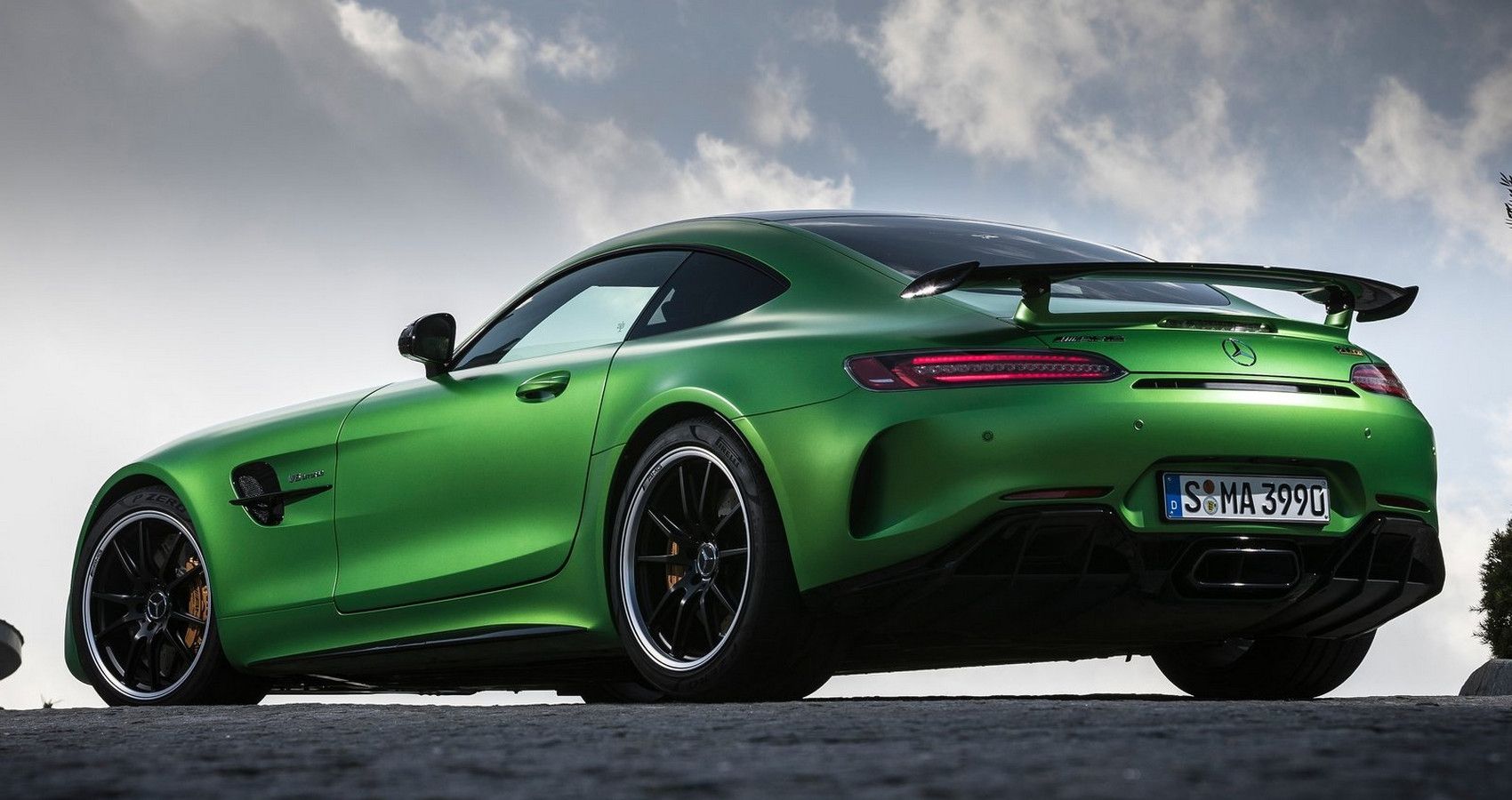Get in and drive from point to point is how most car buyers view their cars, with little attention to what goes on beneath the metal, blissfully unaware it's not just the steering wheel that dictates which direction they head off in.
We've gotten used to clever gizmos dictating wheel speed, slip and braking, but all-wheel-steering is another of those safety related performance boosting driver aids that carmakers like to give us. Sports cars for sure benefit from faster and tighter cornering, handling is the biggest winner, speed in a straight line is easy, going through a corner fast is trickier. Around town, maneuvering in tight spaces, well every car could benefit from it.
Surprisingly, fewer cars than you might think use all-wheel-steering, and not just in high performance machines, trucks and SUV's make excellent use of greater agility in urban environments, however most of us are non-the wiser unaware if our cars have it or not.
10 Peugeot 306 GTi-6 (Passive)
Peugeot's sporting credentials are more commonly associated with the 205 GTI, those in the know will argue the French carmaker produced several better hot hatches, the 306 GTi-6 easily the most accomplished. Dubbed "King of The Twisty" for its astonishing point to point performance, not because of its 2-liter 16-valve engine, but for a clever "passive" all-wheel steer system.
Turn in hard on the power, and the 306 GTis suspension reacted similarly to that of skateboard trucks, those in the inner track edged closer, the outer pair working in an opposite manner.
9 Nissan GT-R R34 Skyline (Active)
A little more obvious, Nissan taking the opportunity to cram as much high-tech wizardry under the R34s hood as possible, most adopting a seemingly random jumble of letters in their description. Nissan's High Capacity Actively Controlled Steering, or HICAS used hydraulics to adjust the angle of the rear wheels by up to 10 degrees depending on road speed.
At low speeds operating in opposition making tight turns easier, once over 35 mph steering in the same direction. While the R34 grabs all the attention, it was the R31 that first used a less accomplished version of HICAS, and yet most owners just accept it exits.
8 Lamborghini Urus (Active)
Less extreme than the Skyline's +10/-10 rear wheel steering, the Urus confined to just 3 degrees of adjustment might seem trivial, but in a 190 mph SUV weighing in at 5300 lbs, anything more is not what the Lambo is about. Oddly, for a brand built on impossibly fast wedge-shaped supercars, the Urus is the best-selling model in Lamborghini's history.
Going fast with space for four, the Urus is a Lamborghini that you can take on a weekend jaunt with the family in tow without needing to lower your standards to a minivan. It might lack a V12 motor, but the turbocharged 4-liter lump is no neutered bull and turns out 641 hp.
7 Mazda RX7 FC3S (Passive)
Did Mazda give the RX7 FC3S all-wheel-steering or not? Depending on whom you ask, the answer varies. In reality, yes, at a basic level the FC3S had some control over which direction its rear wheels pointed. DTSS or Dynamic Tracking Suspension System worked passively using modified toe hubs, allowing a small degree of either toe-in or toe-out dependent on cornering loads.
The RX7 is better known for Wankel rotary engines, 1.3 liters of turbocharged fury in a chassis that deserves more credit, Mazda's innovative and simple suspension set-up barely getting a mention.
6 BMW 840/850i (Active)
Nothing quite so simple featured on BMWs flagship 8-series E31 coupe. Designed from the ground up using the latest design technology and construction processes, BMW created one of the most advance high-performance coupes throughout the '90s.
The principle of split low/high speed rear steering set-up is as close as BMW got to other carmakers, preferring to develop a highly complex active system in collaboration with Bosch Rexroth AG. Instead of reacting to balance changes that already occurred, BMW's "Active Rear Axle Kinematics" combined ABS, traction and stability control to adjust the rear tires' steering angle in advance.
5 Toyota Soarer (Active)
Toyota or Lexus? Actually a bit of both, in 1991 launched in the US under the Lexus SC name, the Soarer loosely fitting into Toyota's model line-up above and to the left of the more popular Supra. More of a luxury high-performance GT with either V6 or V8 engines, including the legendary 2JZ tuned to 227 hp.
Under the skin, gadget lovers are spoiled for choice, if there is an acronym to describe it, the Soarer had it, Toyota's press release reading more like a set description for the latest Star Trek movie than a car. Not only was the soarer very well-equipped, it also boasted the world's first "active" all-wheel steering, up until this time, every other carmaker used passive wheel steering
4 Ford F-150 Platinum ZF (Active)
Ford's F150 truck series has been the mainstay of any gearheads choice of big, heavy load lugging trucks for decades, and even provides enough thrills for performance junkies with Shelby and Lightning editions. But does a truck really need all-wheel-steering? Considering how big this thing is at 5.8 meters, anything that makes this giant easy to maneuver is a bonus.
Ford's approach is unique, the F-150 uses a live ear axle and brings its own set of challenges. In place of adjustable wishbones, Ford and partner ZF use electronics to adjust secondary tie rods and suspension links, allowing each wheel simultaneously to turn in different directions.
3 Ferrari 812 Superfast (Active)
Ferrari has always been an innovator, at the same time preferring to keep things old-school, analog and diver focused. Recently, even the prancing horse has had taken a trip to the dark side, electronics controlling more of the brand's engines, chassis, and transmissions. The 812 Superfast among the latest "new fangled" sports cars relying on computer wizardry.
You still get a fearsome front mounted 6.5-liter V12 slugging out 819 hp, promising 200+ mph speeds in what Ferrari calls a GT car, Grand tourer aspirations that have more in common with outright speed machines. Keeping those horses in check, traction control, ABS and electric steering controlling all four wheels.
2 Nissan 300ZX (Active)
For our money, twin-turbocharged 300ZX Z32s are the most well-rounded of all Nissan's Z cars, fast, sleek and agile thanks to another incarnation of Super-HICAS all-wheel-steering. Unlike Skylines, which pioneered the system using all-wheel-drive, the Z is a proper rear-drive GT/Sports car.
Super-HICAS is actually pretty simple in operation; on-board computers monitor road speed and cornering forces, using electric motors to adjust both the angle and direction of the rear tires on the fly.
1 Mercedes-AMG GT R (Active)
Mercedes-AMGs first foray into all-wheel-steering, the AMG GT-R launched in 2017 quickly set-abut destroying its rivals both on track and off with an eye-wateringly powerful 4-liter turbocharged V8 good for 200 mph.
However, this being AMG, the GT-R does things slightly differently. Where most carmakers deploy all-wheel-steer using 35 mph as the transition point, Mercedes takes that figure and doubles it. At speeds up to 62 mph, the rears turn in opposition by up to 1.5-degrees, seamlessly following the fronts the fast you go.

